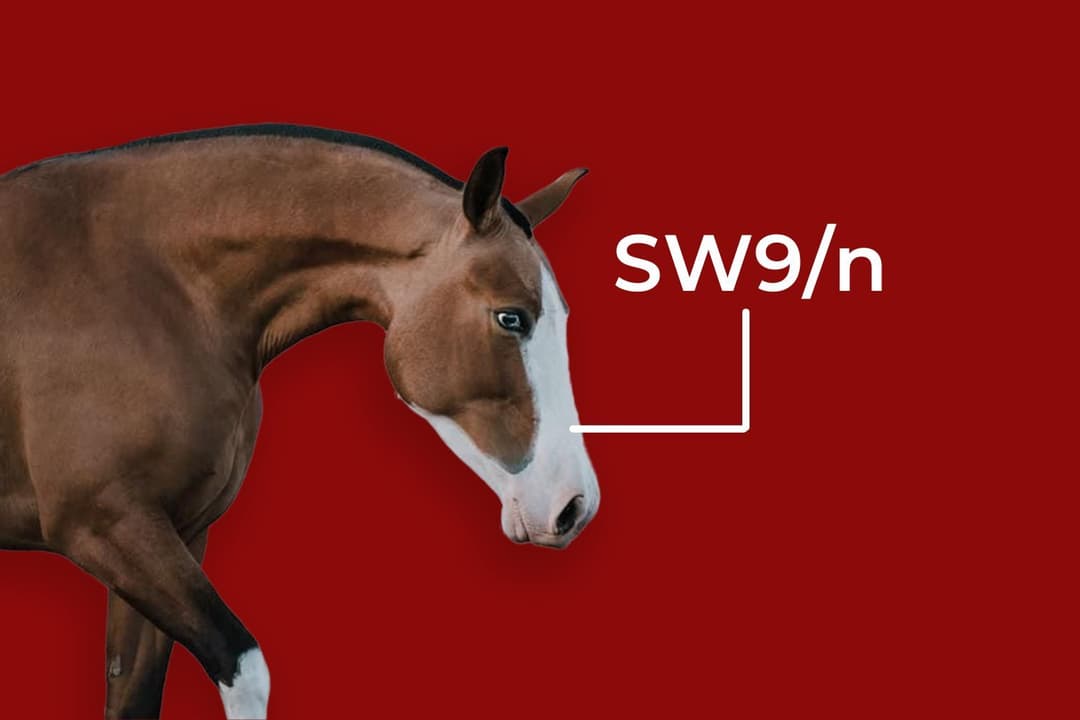
Horse Color Genetics
Loading description...
Congenital Stationary Night Blindness & Leopard Complex
Congential Stationary Night Blindness (CSNB) is characterized by the inability to see well in low light and no-light situations. It is linked to Leopard Complex Spotting (LP), where homozygous horses (LP/LP) will have CSNB. Congential Stationary Night Blindness is present at birth and is non-progressive.
Champagne
Champagne (CH) is a dilution that affects all coat colors. Champagne foals are born with pink skin and blue eyes that slightly darken with age. Adult champagne horses have a distinct pumpkin colored skin with mottling in the hairless regions, as well as amber/green/tan eyes. Horses with multiple dilutions can be difficult to accurately identify color without genetic testing.
Cream
Cream (CR) is a dilution that is characterized by diluting or lightening both black-based and red-based horses. A single CR allele lightens red pigment to Palomino but does not overtly affect Black pigment. Two CR alleles results in extreme dilution of the hair, skin, and eyes of any color, though black-based horses tend to retain more pigment than red-based horses.